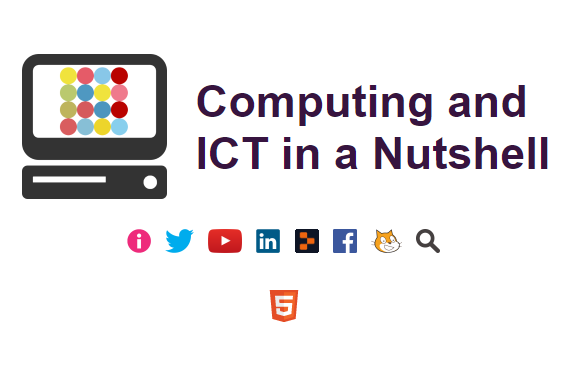Description of Resource
Welcome to the CANON lab. CANON (a musical term for a melody and variations with voices added gradually - such as Pachelbel's Canon - so named because of the synergies between this musical "roadmap" and combination of computational control instructions as well as a shared desire to balance structure and creative expression) focuses on researching innovations in computational thinking education at the elementary and middle school levels with a primary emphasis on equity and inclusion for all underrepresented populations - underrepresented ethnic minorities, females, and students with learning differences. Our philosophy is to, like a canon, accomplish this through a blend of structure and variation to balance concrete goals with encouraging creativity.
Just as our interventions focus on providing supportive learning environments for all students regardless of background or characteristics, our lab has the same goal, providing a supportive learning and working environment for students and staff from all backgrounds. We believe that if we are to design for broad audiences, we benefit from a diversity of designer voices.
Click on Research to find out more about what we do!
UChicago Stem Education

